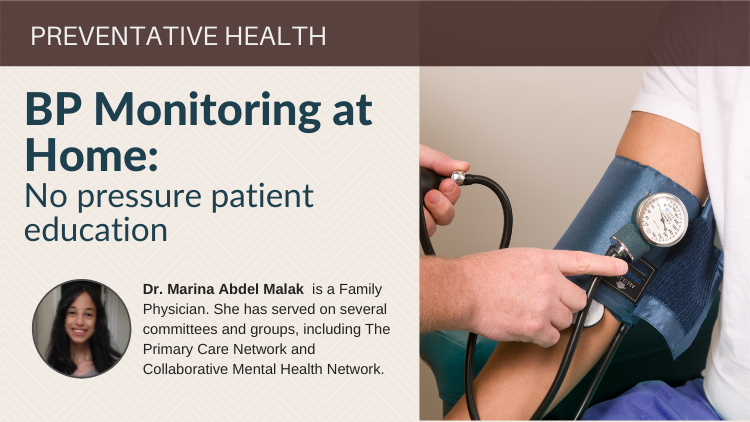Rachel L. McIntosh, B.Orth, Grad Dip Journ, Research Orthoptist, Retinal Vascular Imaging Centre, Eye Research Australia, University of Melbourne, Melbourne, Australia.
Tien Y. Wong, FRANZCO, FRCSE, PhD, Associate Professor of Ophthalmology, Retinal Vascular Imaging Centre, Eye Research Australia, University of Melbourne, Melbourne, Australia.
Hypertensive retinopathy has long been regarded as a risk indicator of mortality in persons with severe hypertension, but its value in contemporary clinical practice is uncertain. New population-based studies now show that hypertensive retinopathy signs are common in the general population of adults age 40 and older, including persons without a clinical diagnosis of hypertension. Some hypertensive retinopathy signs are associated not only with concurrent blood pressure levels, but with past blood pressure levels as well, suggesting that they reflect chronic hypertensive damage. Mild hypertensive retinopathy, such as generalized and focal retinal arteriolar narrowing and arteriovenous nicking, are only weakly associated with cardiovascular diseases. In contrast, moderate hypertensive retinopathy, such as retinal hemorrhages, cotton wool spots, and microaneurysms, are strongly associated with both subclinical and clinical cardiovascular diseases, including stroke and congestive heart failure. Thus, a clinical assessment of hypertensive retinopathy signs in older persons may provide useful information for cardiovascular risk stratification.
Key words: hypertensive retinopathy, retinal microvascular disease, hypertension, cardiovascular disease.

